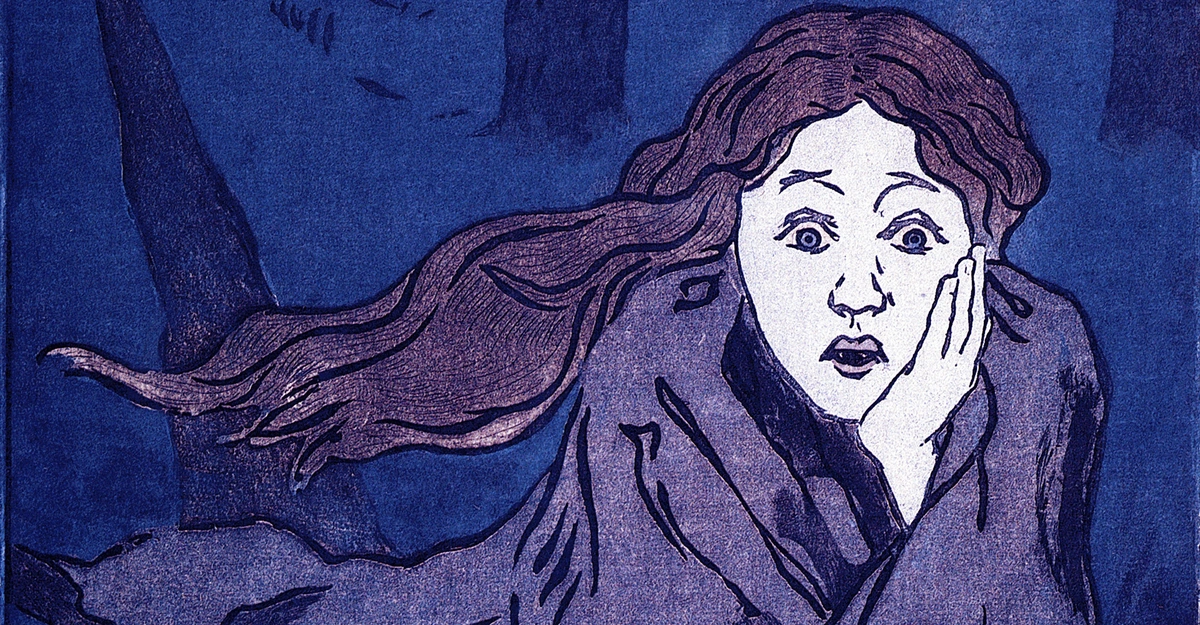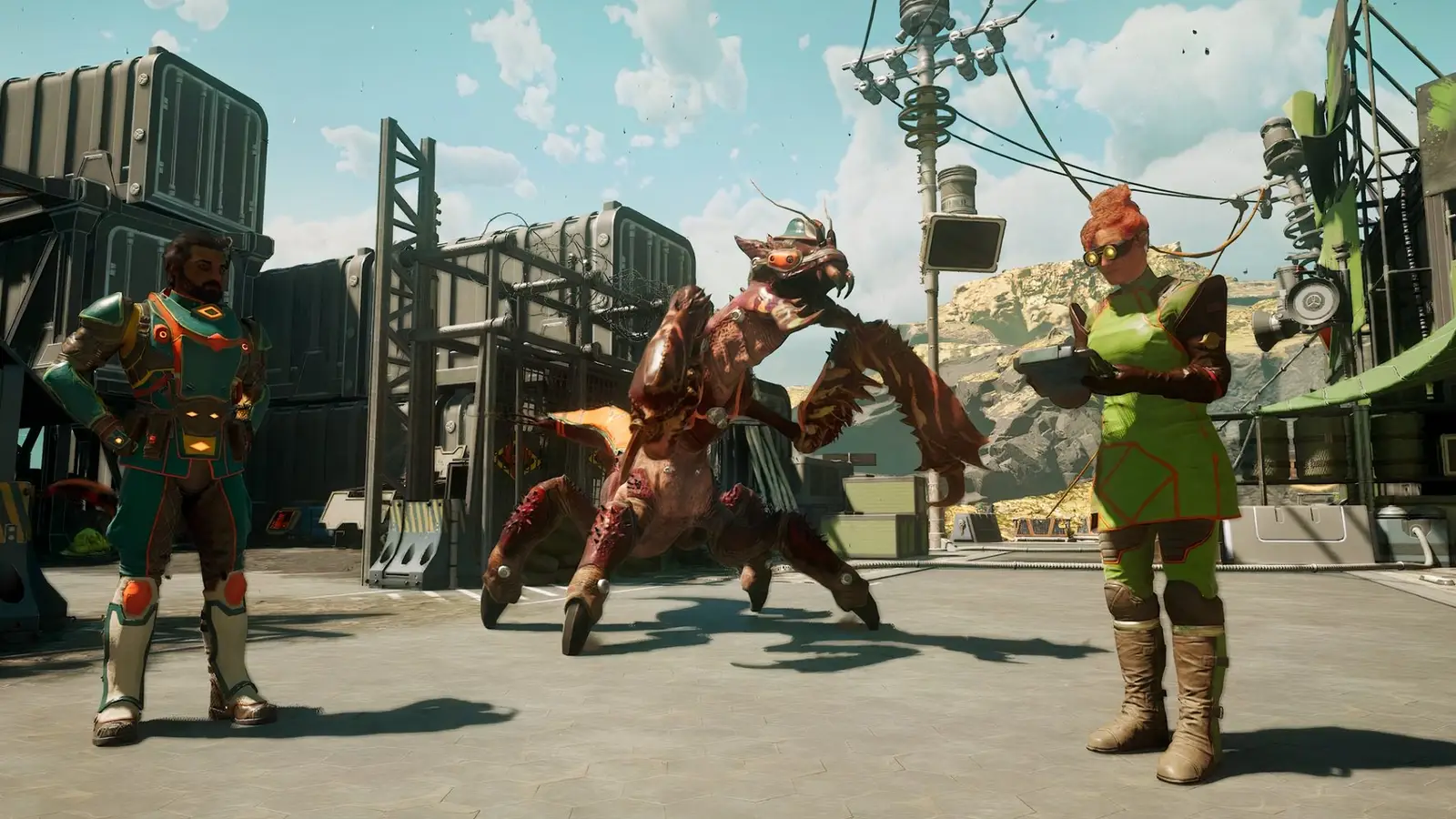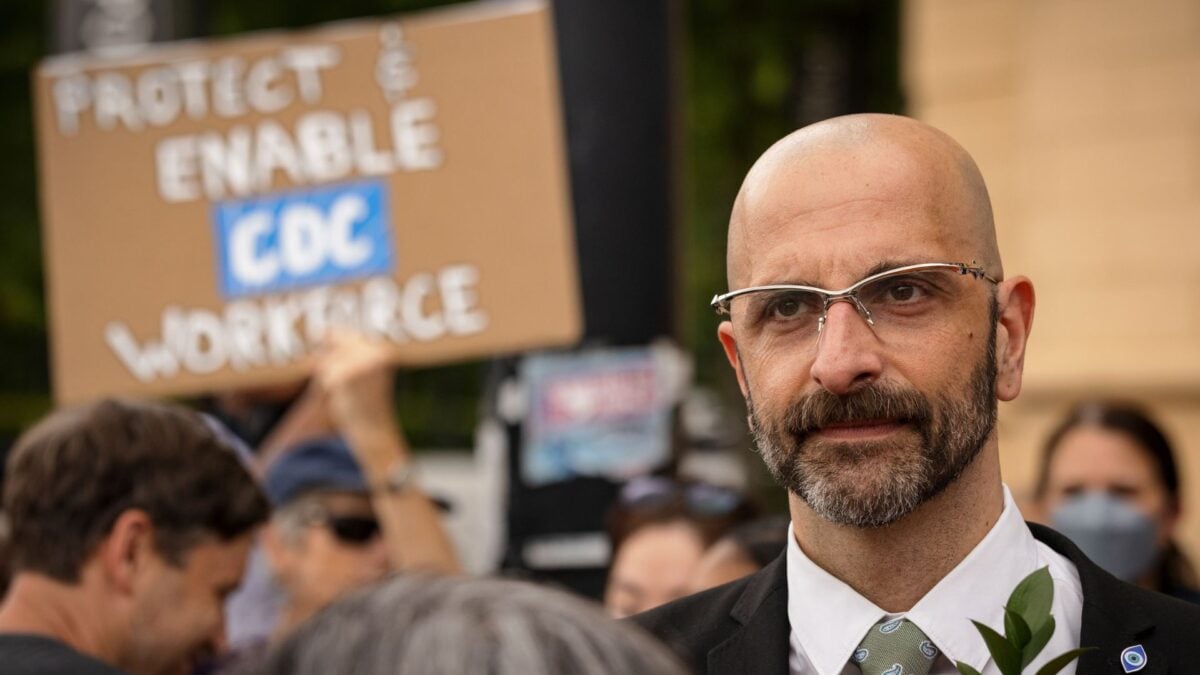Copyright The Atlantic

“To learn what we fear is to learn who we are,” Guillermo del Toro wrote last week, in an essay for The Atlantic about Mary Shelley’s eternally spooky novel Frankenstein. The director, who just released a film adaptation of the classic, has made a career of investigating the depths of horror, which he considers “one of the last refuges of spirituality in our materialistic world.” But in his essay, del Toro also sought to elevate fear, a powerful emotion that doesn’t always get the respect it deserves. Halloween is the perfect time to think more deeply about the role it plays in our life. First, here are six new stories from The Atlantic’s Books section: Fear is more or less universal; it helps us avoid genuine peril. But it’s frequently surprising, as my colleague Sophie Gilbert wrote this week. Reflecting on a new book about 1970s horror films such as Rosemary’s Baby, she notes that “in feeling out what really scares us, horror often connects with its cultural moment by accident.” Terror is also highly idiosyncratic. In the lead-up to Halloween, nine staffers on our Culture team each shared the first movie that terrified them, and the results were unpredictable. Deputy editor Jane Kim picked one of the most surprising films, Who Framed Roger Rabbit, because it taught her that cartoon characters can be mortal too. It was “the first time,” she wrote, “that I saw a film’s form—in this case, the mixed-media approach that makes the toons’ vulnerability so clear—completely transform my emotional response to a story.” And Valerie Trapp praised the goofy Adam Sandler comedy Click for introducing her, in elementary school, “to an existential terror of living life on autopilot.” Genre fans can rest assured: Several bona fide horror flicks made the list, including Saw, Scream, and The Blair Witch Project. But the contributors were usually unsettled by material more profound than jump scares. As I wrote, the zombified gore in the 1989 adaption of Stephen King’s Pet Sematary wasn't what spooked me; instead, it was understanding what could motivate a father to bring his son back from the dead, no matter the consequences. “I think we see ghosts because we want to believe that the dead can be revived,” I explained, “and we fear ghosts because we know they can’t.” I wouldn’t necessarily have articulated my reaction this way when I watched Pet Sematary. Del Toro first read Frankenstein before he was a teenager—too young to really interpret Shelley’s monster as a metaphor for the hubris of science or to genuinely reflect on the concept of a life without meaning. But, as he noticed (and as our staff affirmed), horror frequently hits us hardest in our younger years. The genre’s power lies in its ability to make abstract concepts palpable, to evade the natural defenses of the intellect. It “imprints in us at an emotional level,” del Toro wrote. “Shiver by shiver, we gain insight.” Why Guillermo del Toro Made Frankenstein By Guillermo del Toro The director writes about feeling destined to adapt Mary Shelley’s classic. Read the full article. What to Read Open, by Andre Agassi This raw, honest, and surprisingly moving look at one of the most high-profile careers in the history of tennis is widely, and rightfully, considered the best athletic autobiography out there. When he was active, Agassi was often, incorrectly, considered more flash than substance on the court—but the life behind the shoe ads was filled with strife. Agassi was drafted into the sport by his father and rarely found joy in it; he calls the tennis academy he was forced to attend as a teenager a “glorified prison camp.” (This woe would eventually lead to an issue with drugs: Agassi once tested positive for crystal meth, which he lied about to tennis officials to avoid a suspension.) In light of all this, Agassi’s successes end up feeling less like triumphs and more like escapes: You root for him not to win, but just to make it through. You’ll cheer when he eventually, somehow, does. — Will Leitch From our list: Seven books that will change how you watch sports Out Next Week 📚 Book of Lives: A Memoir of Sorts, by Margaret Atwood Your Weekend Read How to Make Music Popular Again By Jonathan Garrett Headphone listening—the act of playing a highly personalized soundtrack wherever we go—is a surprisingly radical invention, and we’re only beginning to contend with its implications. The visible barrier it creates between the listener and everyone else is obvious. Less obvious is the invisible barrier: The more time we spend in our own musical echo chambers, the less likely we are to share a collective cultural experience. The power of music has long been its ability to soundtrack a generation—to evoke emotion, as well as summon a specific time and place. Headphone listening not only isolates the listener; it shrinks music’s cultural footprint.



